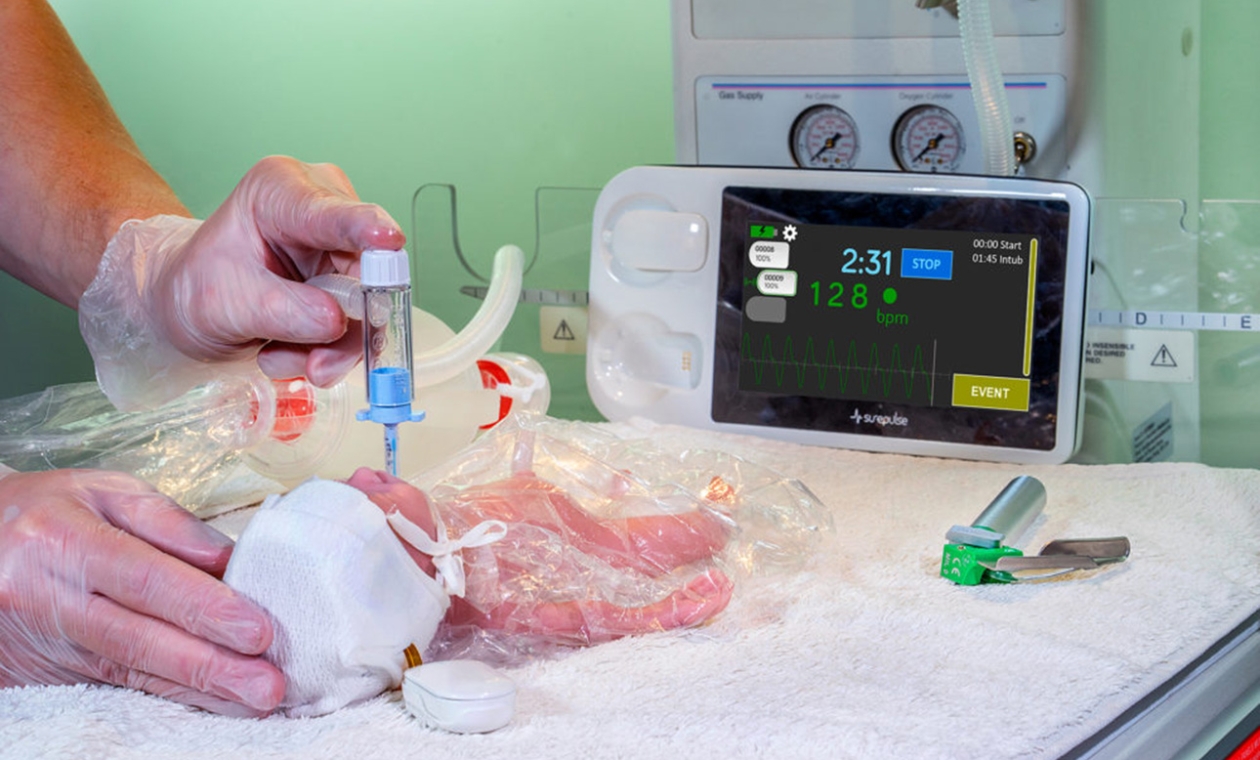Every second counts
Up to 10% of newborn babies require some form of stabilization or resuscitation at birth. In the UK alone, this amounts to approximately 80,000 babies each year, while worldwide, the number reaches around 14 million infants. Accurately assessing a baby's situation in a timely manner is crucial for medical professionals and obtaining an accurate heart rate reading plays a vital role. James Carpenter, CEO of SurePulse, approached Maddison to collaborate with the team to develop their technology into a commercial medical device.
Understanding user needs
In order to promote the adoption of the technology, it was crucial to ensure that the solution seamlessly integrated with and enhanced the existing processes of the neonatal team. SurePulse and Maddison dedicated substantial time to observing and listening to pediatric and neonatal clinicians, gaining valuable insights into their workflow.
Build, test and learn
SurePulse and Maddison collaborated closely with paediatricians and neonatal teams to enhance the design of their product through multiple prototype iterations. This iterative process resulted in the development of a refined working prototype. With the successful validation of the solution, Maddison provided valuable assistance to SurePulse in transferring the design to their manufacturing partner. The SurePulse VS, a CE marked medical device ISO 13485, was launched in August 2017. This medical device is now playing a crucial role in assisting healthcare professionals in saving lives of newborn babies.
Solving challenges
One of the significant challenges faced was finding a reliable method to position and secure the heart rate sensor on the baby's forehead without impeding medical professionals' access to necessary interventions such as intubation or resuscitation. This innovation allows for efficient and effective medical care while ensuring the sensor remains in the optimal position.
Our team developed a soft wearable cap available in five different sizes, specifically designed for ease of use. The cap securely holds a sensor against the baby's delicate skin, ensuring optimal positioning. Feedback from clinicians highlighted the importance of monitoring the baby while moving or attaching other lifesaving equipment. The sensor cap wirelessly communicates with a base station, providing real-time display of infant vital signs.

